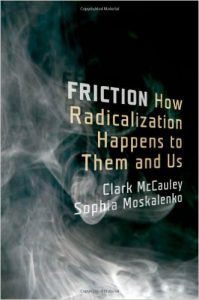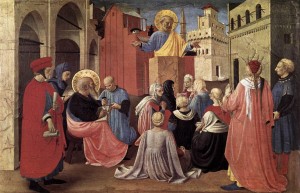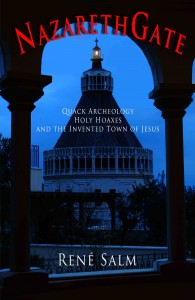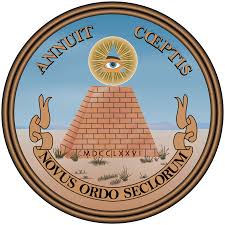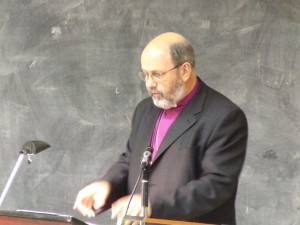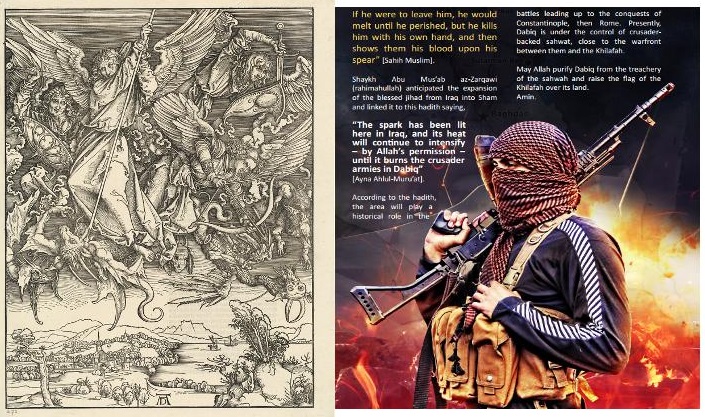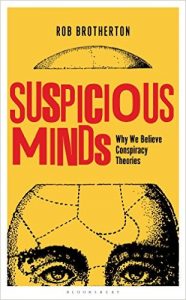Several scholarly works (and yours truly, too) have observed significant parallels between the mechanisms that lead people to join “extremist” Christian cults and those that lead others to join radicalised Islamic groups.
Many of us blame the religion of Islam and the Quran for terrorists. Should Christianity and the Bible be held to account for those cults that tear families apart and are directly responsible for deaths of children and others because of willful neglect of medical treatment and indirectly responsible for suicides, and a host of other financial, psychological and social pain and suffering?
Of course Islam is to blame for terrorism, many argue — Just look at those terrible verses in the Quran. And of course at one level it is self-evident that we could not have “Islamic terrorism” without Islam just as it is tautological to blame Christianity for “Christian cults”.
The critics I am talking about, however, mean something more than the obvious tautology. They dismiss the arguments of Muslims themselves to the contrary and point to the Quran or Hadith. Islamic terrorists justify their crimes by these Islamic works so it follows that the religion of Islam is responsible for terrorism, the argument goes.
I have run into this viewpoint most recently this morning in a post by “apologist James Bishop” [link https://jamesbishopblog.wordpress.com/2016/03/02/islam-an-undesirable-class-situation/ no longer exists: Neil Godfrey, 24th July 2019] James attempted in vain to argue that a Muslim speaker was actually “lying” about her religion by trying to dissociate it from terrorism. James instead pointed to the passages that he believed the terrorists would use to justify their own religious beliefs. Others in his class replied that there are also terrible passages in the Bible. James wanted to argue his own interpretation (for him, the “plain reading”) of these “supposedly” terrible Biblical verses but was overwhelmed by the numbers opposing his claims.
Let’s compare this situation with a Christian cult. The cult to which I belonged emphatically took the Bible (so we sincerely believed) at its word. So much so that we believed other Christians were lukewarm or deceiving themselves (lying?) when they chose to respond differently to some of the Bible’s strongest demands.
- All who followed Christ would suffer persecution, Jesus said. Most Christians were not being persecuted so “obviously” according to the Bible they were not truly following Christ. They may have been saying, “Lord, Lord” but Jesus said he would cast them out for not actually doing what he commanded.
- Christ came to bring a sword; not peace. He promised divided families. He said anyone who loves mother or father more than him is not worthy of him. Leave the dead to bury their dead. We were commanded to leave and forsake all to follow God. And that’s what we did.
- Have faith in God. Without faith we had no chance in the day of judgment. Could we trust God when he commanded us to keep the sabbath, to tithe, to rely upon him for healing — even to the point of losing one’s job, of being unable to afford decent food or clothes or pay the rent or petrol for the car to get to work, or death? If not, we had no chance of making it into the Kingdom of God. Would we refuse to be conscripted into the army and go to jail?
- Would we live by every word of God in the Bible? Would we follow and submit to his ministry “as they followed God”? And knowing “rebellion is as the sin of witchcraft” would we submit even if we saw them sin?
Now most Christians would interpret and apply the biblical passages I refer to above differently from the way we did. Does that mean that most Christians are not “true Christians” or that they are “lying” about their religion?
Of course not.
It means that a person’s religious beliefs are to be found in the mind and practices of the person professing them, not in an outsider’s critical view of their holy book. In fact, if an outsider did accuse most Christians of “lying” or deceiving themselves about their own faith because they did not follow the Bible literally (or “fatuously” as someone preferred to describe it) they would in fact be asserting the prior truth of the cultist as the “true Christianity”. Maybe it was, originally. But that’s irrelevant for what it is and means for most Christians today.
Does it mean the Bible and Christianity are responsible for Christian cults. In a sense, yes, but indirectly, surely. To understand why some, a few, do become cult members we do better to look beyond the Bible and Christianity itself, however. That’s what my previous post (How Radicalization Happens to Them and Us) is in part about.

